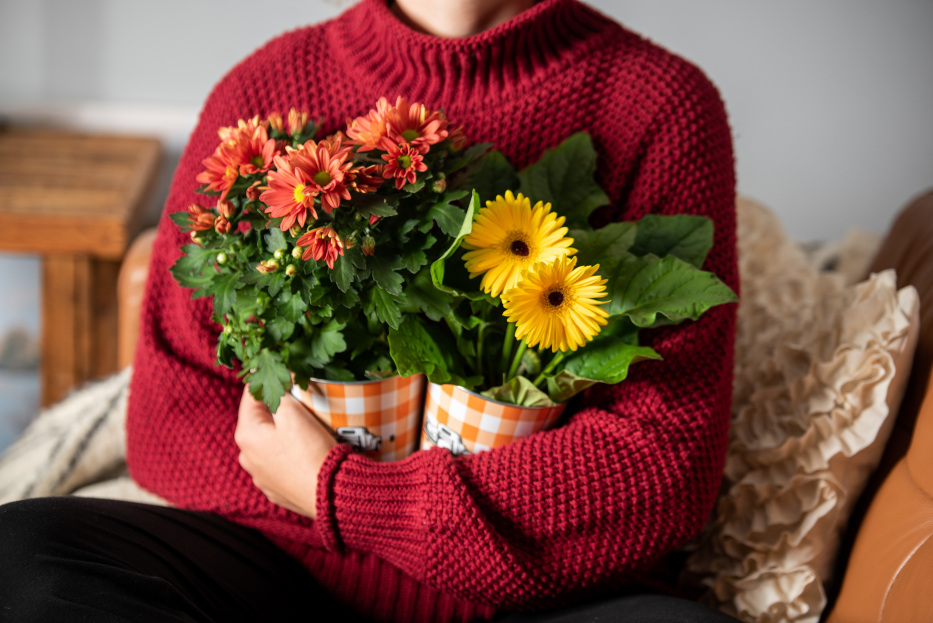
Before diving into the adjustments, it's crucial to grasp the changes plants naturally undergo during colder months. With reduced daylight and lower humidity levels, many indoor plants enter a state of dormancy or slowed growth. Recognizing these changes will help plant caregivers respond effectively.
What is Dormancy? a period in which a plant does not grow, awaiting necessary environmental conditions such as temperature, moisture, nutrient availability, etc. (ref: Biologyonline.com)
During the winter, reduced daylight can be a challenge for indoor plants that thrive in bright conditions. To manage this, plant owners can:
- Rearrange: Move plants closer to windows to maximize available light.
- Rotate: Regularly rotate plants to ensure all sides receive an adequate amount of sunlight.
- Supplemental Lighting: Consider using grow lights to supplement natural light, especially for high-light and variegated plants. Ensure that your plants receive a few hours of sunlight per day to keep them happy and healthy.
Plants' water requirements decrease in winter due to slower growth and evaporation. Overwatering can lead to root rot and underwatering can quickly lead to the death of your plant. So, finding the right balance is key to success. To adjust your watering routines:
- Check Soil Moisture: Before watering, check the soil moisture level using your finger. Water only if the top inch of soil feels dry. You can also use a soil moisture gauge if you want a more accurate reading.
- Reduce Frequency: Extend the time between waterings, allowing the soil to dry out more thoroughly. Plants in less light need less water, so water them less often if their soil stays wet for longer periods.
- Use Room-Temperature (Tepid) Water: Avoid shocking the plants with cold water by using water at room temperature. You can use filtered or distilled water too which will help reduce the amount of mineral build up in your soil.
Indoor HVAC & heating systems can lead to decreased humidity levels, which can negatively impact plants that thrive in higher humidity. Here's how to maintain a suitable humid environment for your plants:
- Misting: Mist plants occasionally to increase humidity around them.
- Humidity Trays: Place plants on trays filled with pebbles and water. When water vaporizes, it enhances the moisture levels surrounding your plants. Adding a humidifier can increase humidity in your room, benefiting your plants during dry periods.
- Plant Clustering: Clustering plants can generate a microclimate that has increased humidity.
Plants require fewer nutrients during their dormant period. Adjust your fertilization routine accordingly:
- Reduce Frequency: Cut back on the frequency of fertilization, providing diluted fertilizer only once a month or even less.
- Use Balanced Fertilizer: If unsure, opt for a balanced, diluted fertilizer to avoid promoting excessive growth. Pruning and Maintenance Winter is an excellent time to give your plants some extra care:
- Pruning: Trim any yellowing or dead leaves to encourage new growth in the coming spring.
- Repotting: If a plant has outgrown its container, consider repotting during this period of reduced growth.
Inspect your house plants regularly for signs of pests and take prompt action if you spot any. To reduce pests on your plants in winter, rinse them in the shower and use neem oil as a natural remedy.
Conclusion
Taking care of indoor houseplants in colder months is important to keep them healthy. By adjusting light, water, humidity, fertilization, and maintenance, plant caregivers can help their plants survive and thrive in winter. With proper care, indoor plants can bring nature's beauty to indoor spaces, even when it's snowy outside.